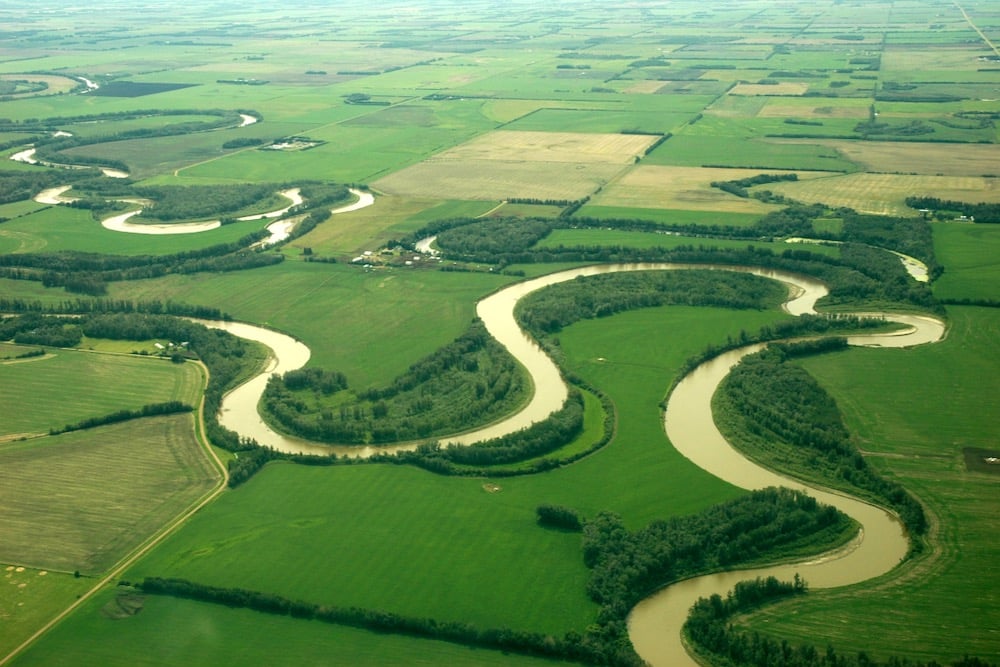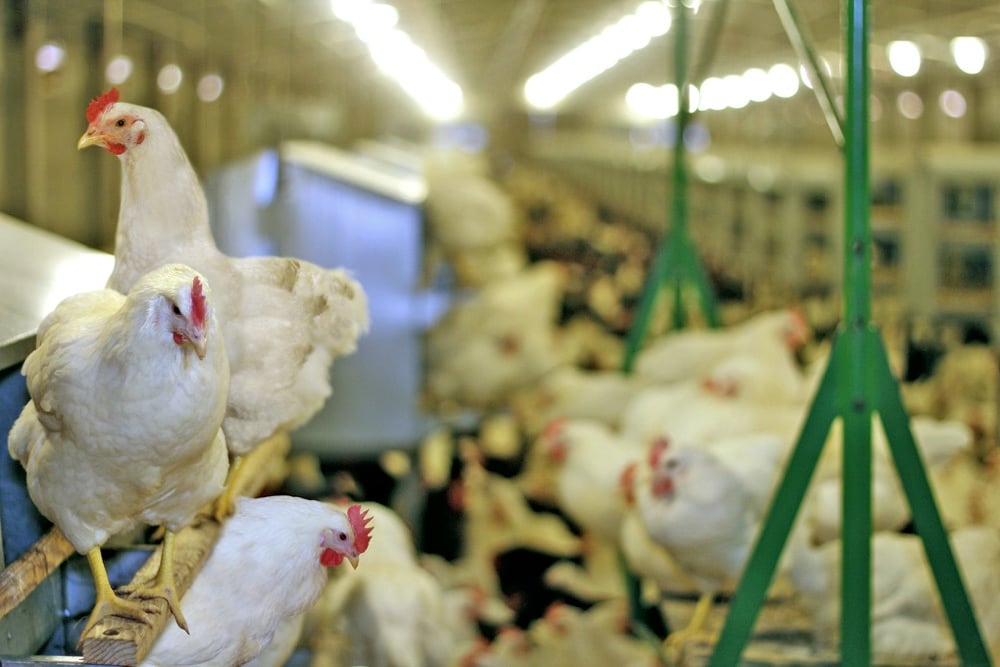Canada, First Nations agree on unmet agricultural claims

Glacier FarmMedia—A handful of specific agricultural benefit claims between the federal government and nine First Nations were settled on Friday.
Once fully settled, these claims—unmet promises in treaties 5, 6 and 10 territories throughout the Prairie provinces—will represent almost $1.4 billion in combined compensation to these First Nations.
Through these treaties, Canada promised First Nations ploughs, seeds for important crops, livestock such as cows and bulls and other farming necessities.
“These agricultural benefits were meant to facilitate the economic transition, and as a result of Canada’s failure to fulfil treaty promises, these First Nations did not have the equipment needed to support their members,” read an Oct. 18 news release from Crown-Indigenous Relations and Northern Affairs Canada.
Read Also


No active bird flu outbreaks among Canadian poultry, CFIA says
There are no active outbreaks of highly pathogenic avian influenza among Canadian poultry farms, the Canadian Food Inspection Agency (CFIA) said today.
Wrote Tony Alexis of the Alexis Nakota Sioux Nation: “This settlement recognizes the original promises made under Treaty No. 6 in 1877 and acknowledges the inadequate agricultural benefits that were provided to our people. It is a victory for our nation and a testament to the determination of those who first established these rights.
“Through close work with our people and effective negotiations with the ministry, this settlement marks a significant step forward, ensuring that these long-standing commitments are finally addressed for the benefit of future generations.”
Treaty 5, also known as the Winnipeg Treaty, was signed in 1875–76 by the federal government, Ojibwe peoples and the Swampy Cree of Lake Winnipeg. It covers much of present-day central and northern Manitoba as well as portions of Saskatchewan and Ontario.
Treaty 6 is an agreement between the crown and the Plains and Woods Cree, Assiniboine and other band governments at Fort Carlton and Fort Pitt. It encompasses most of the central area of present-day Saskatchewan and Alberta. Treaty 6 signings began on Aug. 18, 1876, and ran until September 9, 1876.
Treaty 10 was established Aug. 19, 1906, between King Edward VII and various First Nation governments in current northern Saskatchewan and a portion of current eastern Alberta, an area covering 220,000 sq. kilometres.
“The socio-economic gaps between Indigenous and non-Indigenous peoples in Canada are the result of decades of colonial policies, which often led to the denial and dispossession of land and resources,” explained the release.
“Honouring Canada’s legal obligations and properly compensating Indigenous Peoples for what was unlawfully taken or withheld from them is fundamental to advancing the United Nations Declaration on the Rights of Indigenous Peoples in order to rebuild trust with Indigenous communities.”
Source: Farmtario.com

